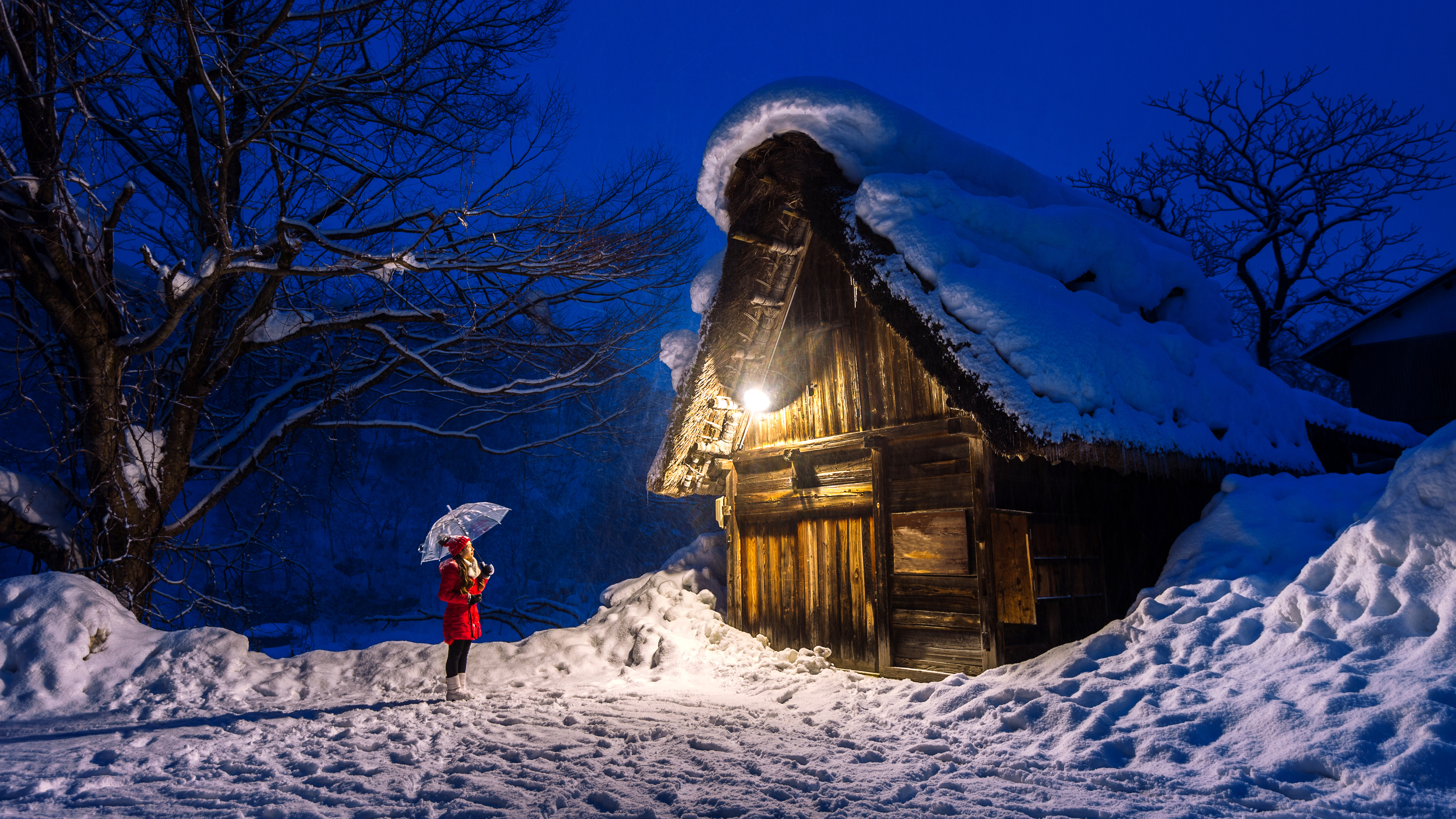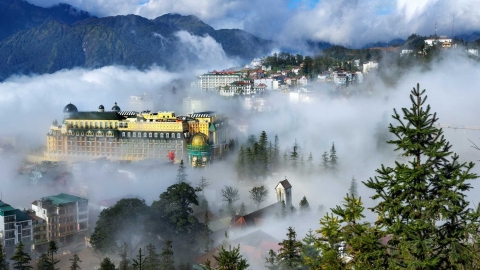Shirakawago is nestled in the remote Shogawa River valley of Gifu Prefecture, 350km from Tokyo. Surrounded by Mt. Hakusan, Shirakawago seems completely isolated from the hustle and bustle of modern life.
Shirakawago means white river - village of white rivers. The name evokes the roads covered in white snow when winter comes. However, not only is winter as beautiful as a fairy tale, the loving hand of nature makes Shirakawago change its clothes in four seasons according to the cycle of weather, each season has its own unique features: in spring, the village wakes up with the sound of birds and colorful flowers; in summer, the rice fields, trees are lush and full of life; in autumn, the forests are woven with the yellow and red colors of changing leaves and pampas grass.

In spring, Shirakawago is brilliant with cherry blossoms. Photo: Internet
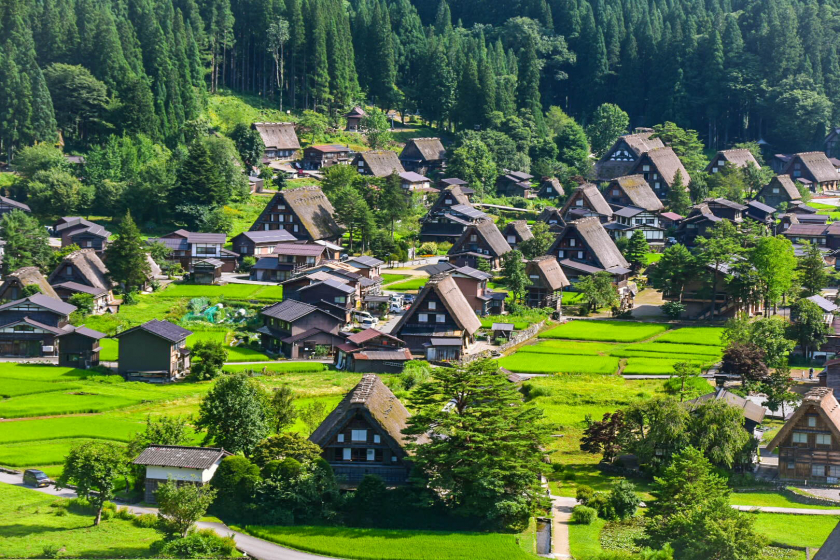
Summer, trees are lush. Photo: Internet.
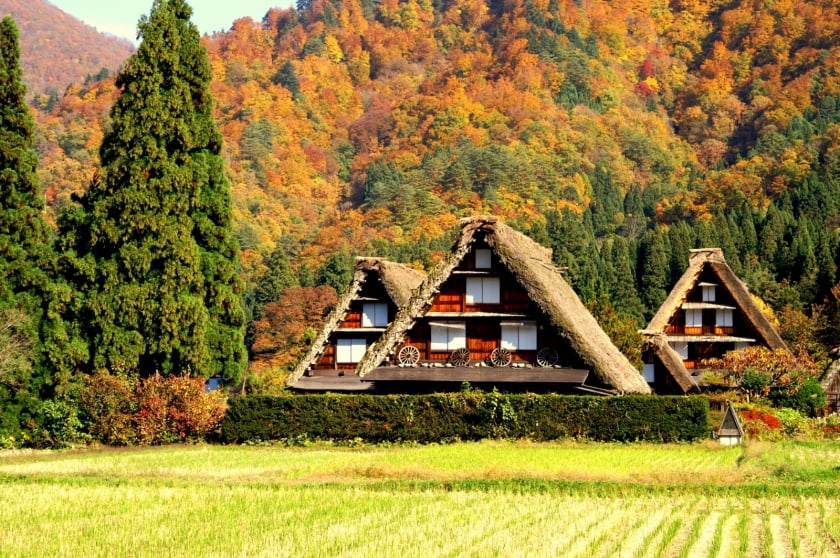
Autumn, the leaves change in the forest in Shirakawago. Photo: Japan Web Magazine.
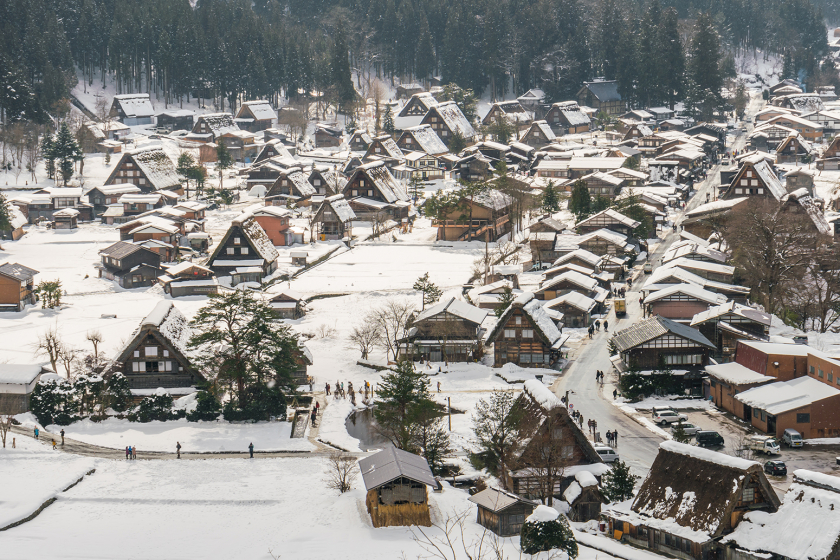
Winter snow covers the ancient village. Photo: Internet
What makes Shirakawago attractive to tourists from all over, besides its natural beauty, is the simple countryside features of the ancient Japanese people that still remain today; when the techniques and wisdom of our ancestors are shown through each roof, the lifestyle is carefully preserved by residents from generation to generation.
Gassho-zukuri houses - the natural harmony lifestyle of the people of Shirakawa-go
Shirakawa's characteristic is more than 100 ancient houses close together at the foot of the mountain, located between rice fields and gentle streams, witnessing the village changing its clothes over many seasons. The houses are built in the style ofgassho-zukuricommon in the farming villages of old Japan (Gassho: praying hands;zukuri: architectural style). NameGassho zukurinamed after the special shape of the roof like hands clasped together to pray for a peaceful life for the people.
Homegassho zukurinot only the physical facilities, but also the way of life maintained from generation to generation. Architecture shows the harmonious coexistence of humans with nature and harsh climate.
The wooden houses have thatched roofs about 80cm thick, with a sloping structure to avoid heavy snow cover in winter. The houses are built in an east-west direction to maximize exposure to sunlight, while protecting the houses from strong north-south winds during storm season, as well as facilitating rain flow. The roof weighs up to 60 tons, capable of withstanding 2-3m of snow in winter but keeping cool in summer.
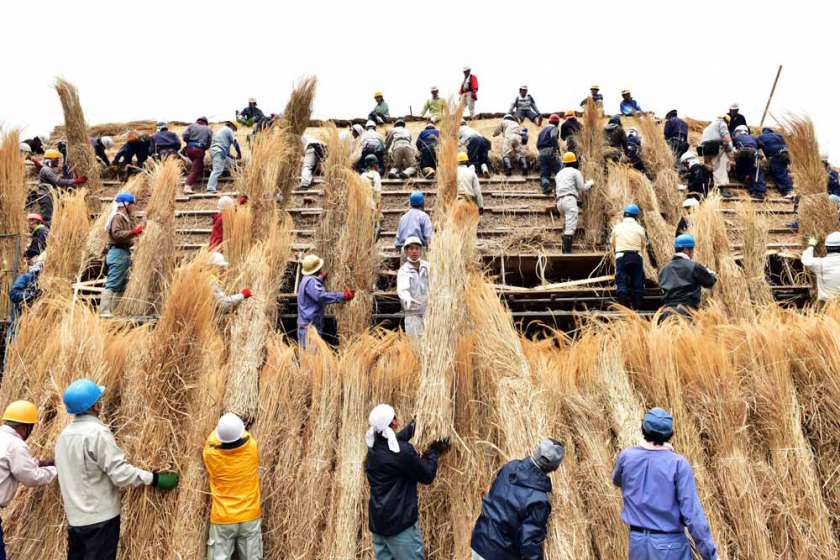
People thatch the roofs of gassho zukuri houses. Every 30 years, the roofs are replaced. Photo: Internet
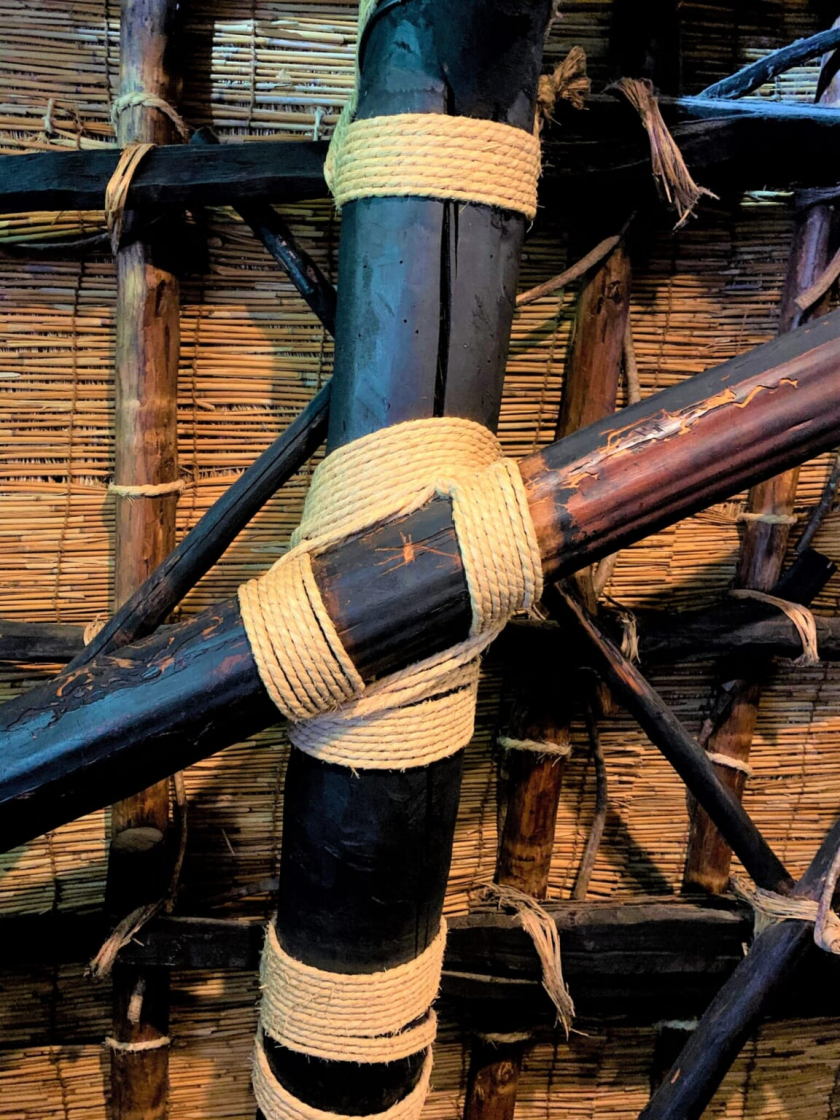
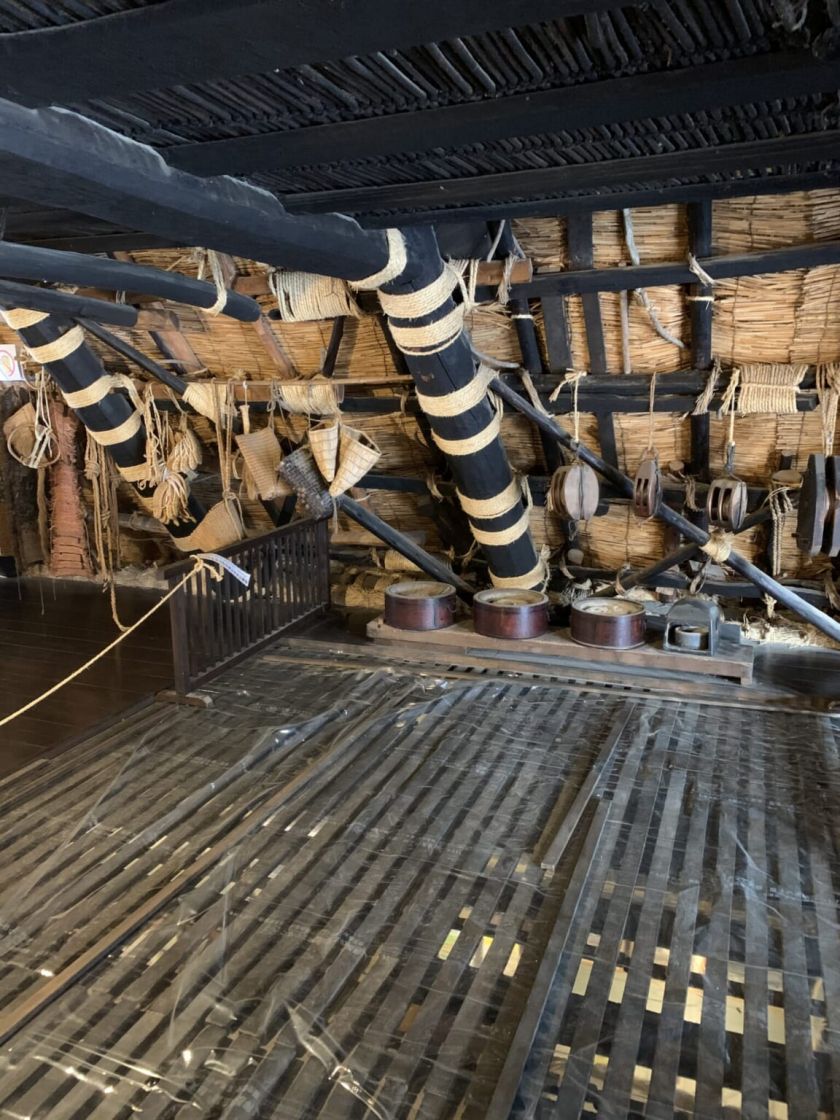
The most unique feature is that the roofs are made entirely of natural materials such as straw and wood taken from the surrounding forests without the need for nails or any metal materials. Despite the harsh weather, the housesgassho-zukuristill exist for hundreds of years. Every 30 years, the thatched roofs will be re-thatched.
The largest village in Shirakawago is Ogimachi. Here, Wada House is the oldest gassho-zukuri house. Built in the 1800s, it was the home of a wealthy silk merchant family, where several generations lived. Although Wada House is still used as a residence, parts of it are open to visitors.
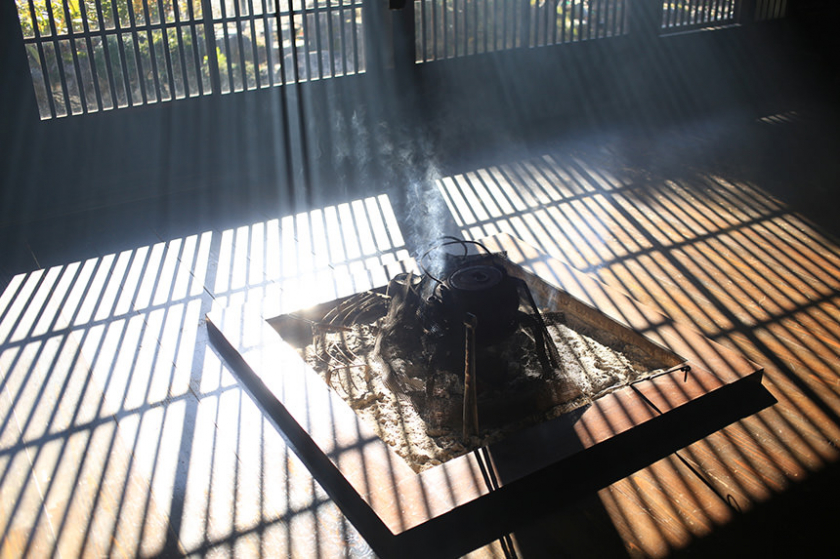
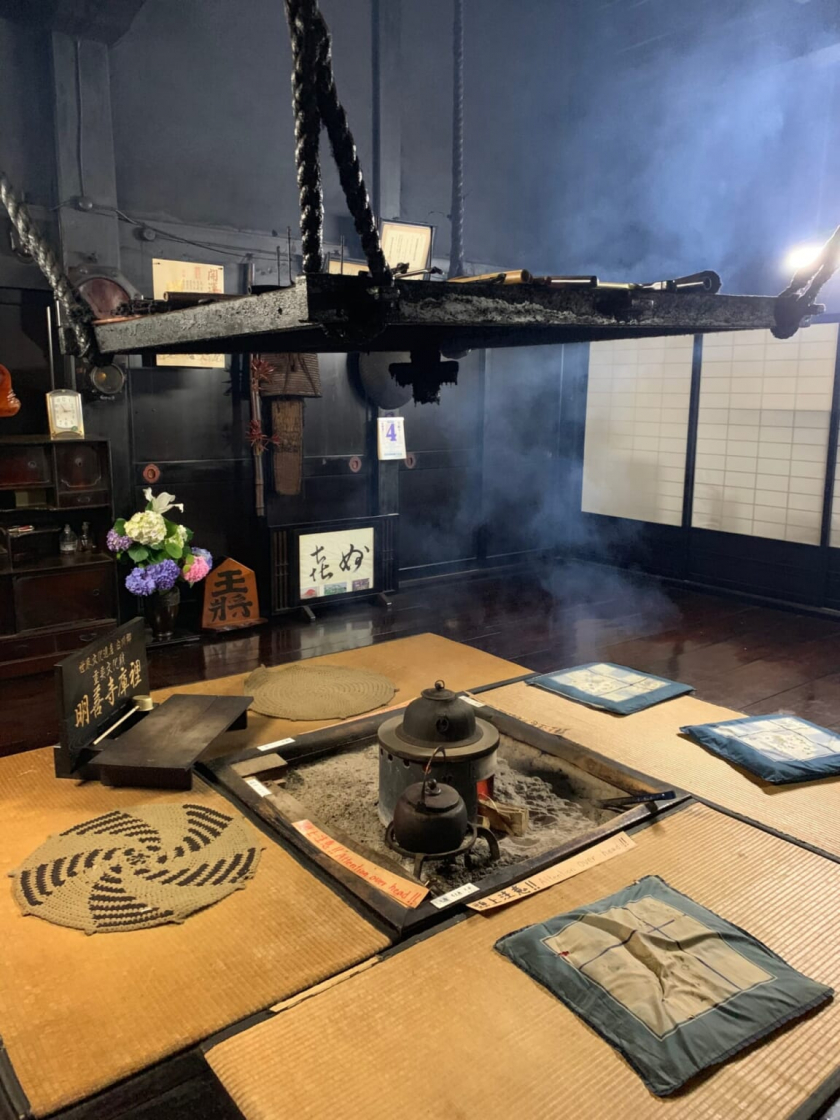
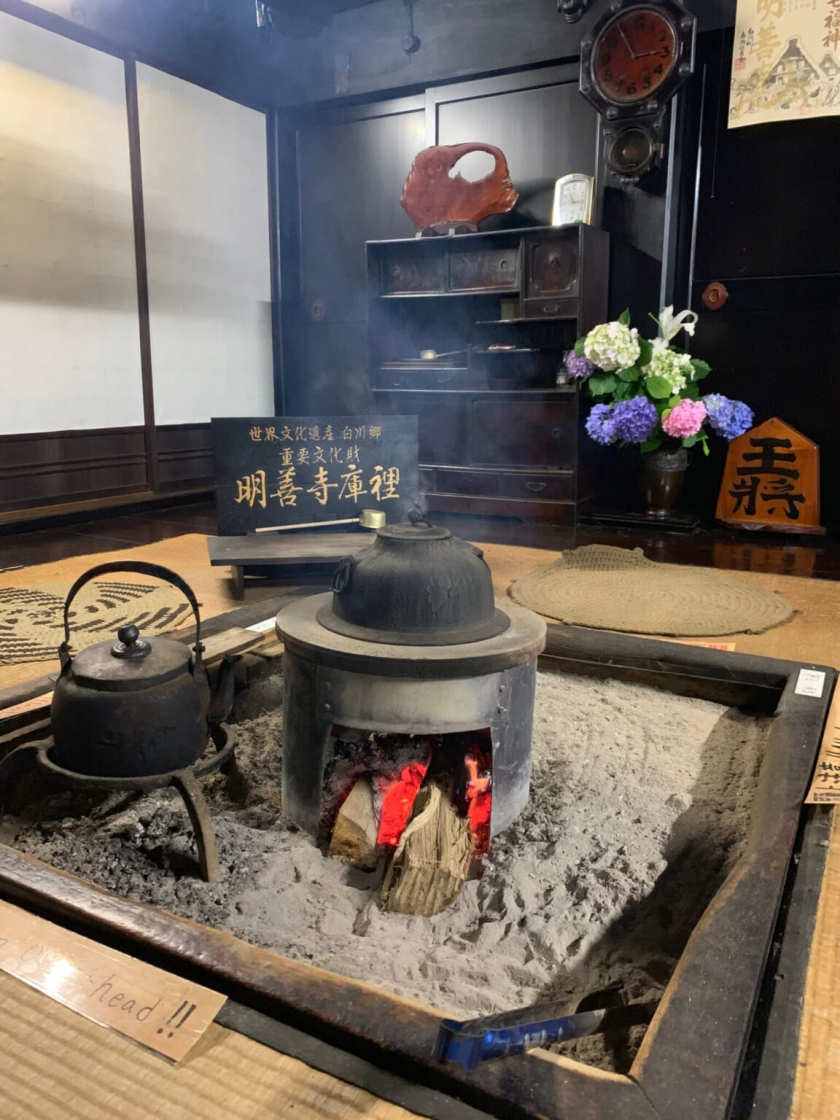
At Wada House, visitors can fully experience daily life in an old Japanese village. The upper floor is a display of silk-making equipment. On the ground floor, the irori (traditional Japanese hearth) is used for heating, cooking and drying clothes. The wooden flooring acts as ventilation, where the heat and smoke from the irori spreads up the floors, filling the house with fragrance.
As time goes by, people here still preserve and maintain many ancient rituals and customs from the 17th century.
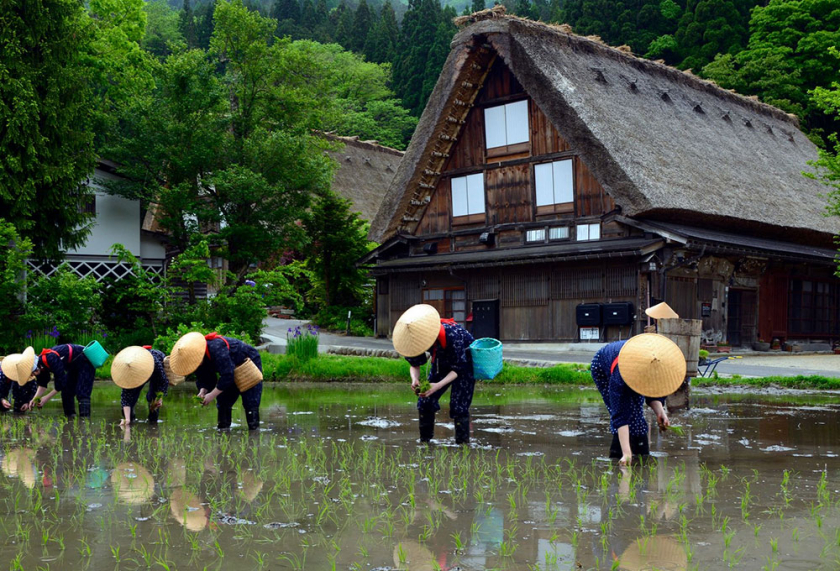
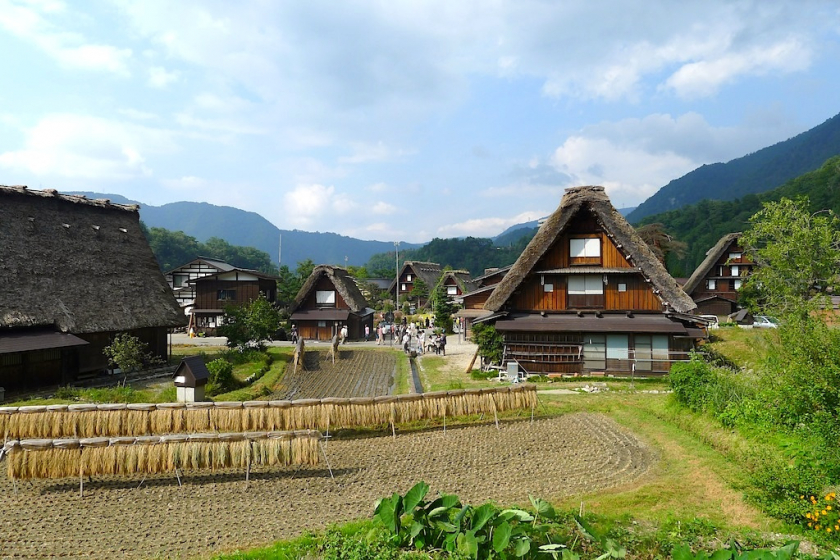
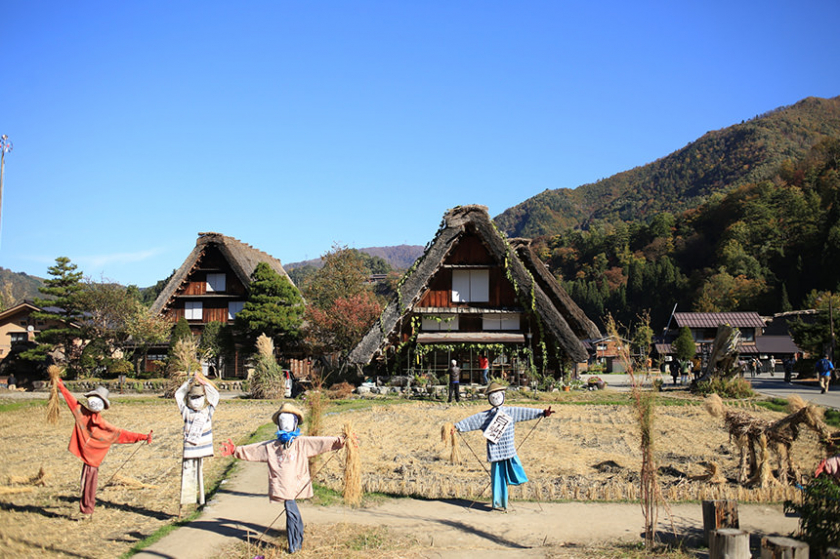
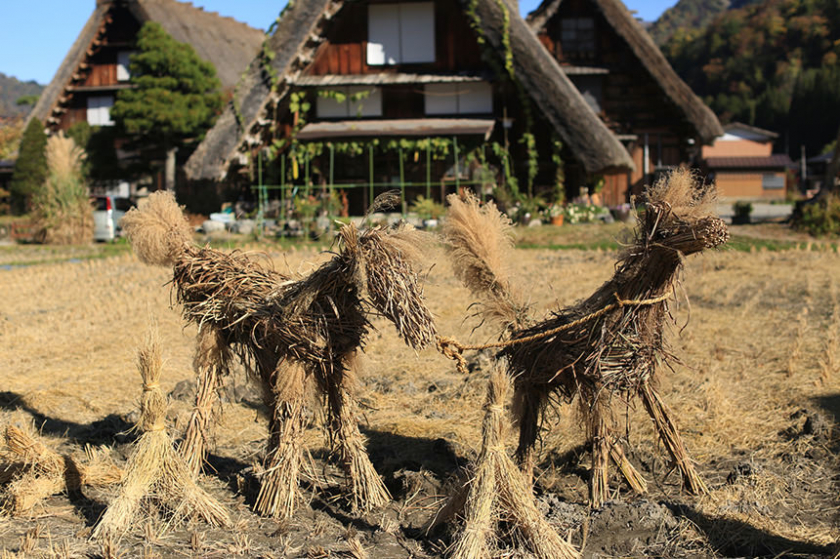
Winter fairyland
Shirakawa-go is known as the place where artist Fujiko Fujio conceived and created the classic manga series Doraemon. And Shirakawa in winter itself looks like a painting straight out of a fairy tale.
From December to March every year, all over the hillsides, roads, and rooftopsgassho-zukuricovered in white snow. On the nights of the “Shirakawa-go winter light up” festival, the house is lit up splendidly, the yellow light from the houses hidden in the falling white snow. The scene has stolen the hearts of many who have set foot in this countryside.
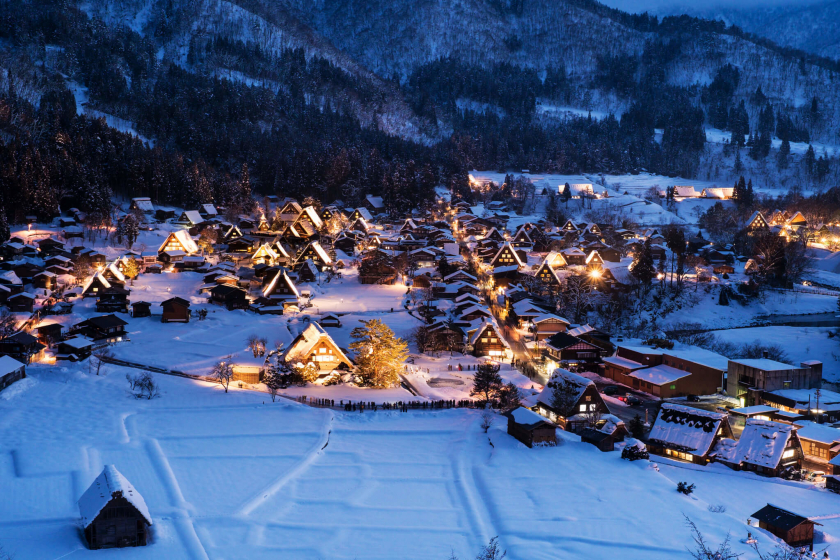
Shirakawago village lights up only six times a year for the “Shirakawa-go winter light up” festival. Photo: Supparuj Taechatanont
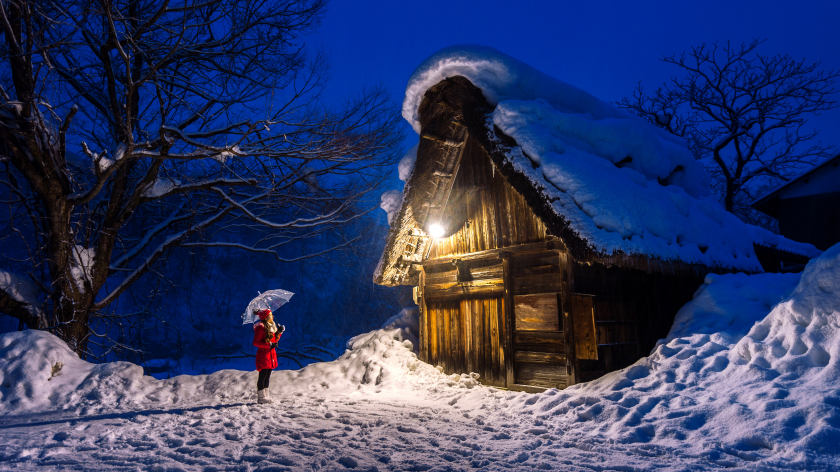
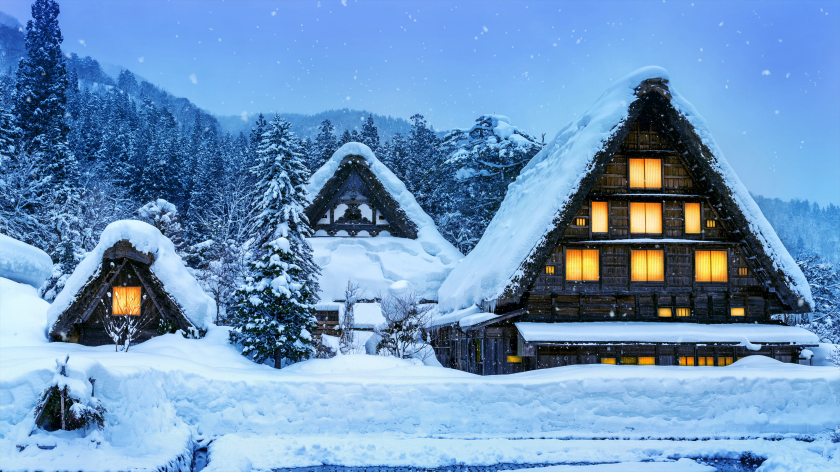
Shirakawago's winter scenery is likened to a fairyland because of its magical beauty under the snow. Photo: Internet.
Every year, Shirakawago is lit up only 6 times in 3 weeks from January to February. Despite the difficult road and harsh weather, thousands of tourists still flock here to admire this once-in-a-lifetime scene. This year, the ancient village of Shirakawago will be lit up on Sunday evenings from January 16 to February 20 between 5:30 p.m. and 7:30 p.m. The lighting system here needs to be booked in advance. To see the whole view of Shirakawa-go, visitors can walk or take a bus to the observatory, the most beautiful check-in location in this ancient village.
Because of its values and role in Japanese culture, in 1995, Shirakawa village was recognized by UNESCO as a World Cultural Heritage.
If you feel like life is too rushed, come to Shirakawago to immerse yourself in old Japanese village life and see that time can also stop.






